Introduction
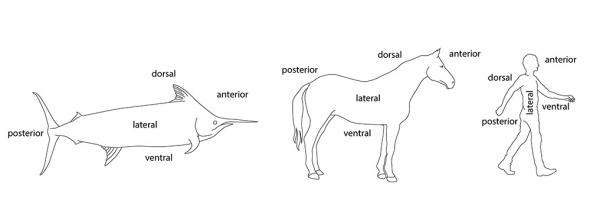
In the world of seafood, cod fish is a popular choice for its mild flavor and versatility in cooking. While many may assume that cod fish is boneless, it is essential to understand the anatomy and bone structure of this fish species. This article aims to provide a comprehensive overview of the bone structure of cod fish, discussing its external features, internal structures, and the composition of its bones. By exploring the skeletal system of cod fish, we can gain a better understanding of its adaptations and the significance of its bones for survival and locomotion.
Cod Fish: A Brief Overview
Cod fish, also known as Gadus morhua, is a popular seafood choice known for its mild flavor and versatility in cooking. It is a cold-water fish found in the North Atlantic Ocean and is widely distributed across various regions. Cod fish are known for their large size, with adults ranging from 2 to 4 feet long and weighing up to 75 pounds. They have a distinctive elongated body shape with a pointed snout and a prominent lower jaw. Cod fish play an essential role in marine ecosystems and have been historically significant in fisheries and cultural traditions.
The Importance Of Studying Cod Fish Bones
Studying cod fish bones is of great importance for several reasons. Firstly, understanding the bone structure of cod fish enables researchers to gain insights into their overall anatomy and physiology. This knowledge is crucial for fishery management, conservation efforts, and understanding the impact of environmental changes on cod populations. Additionally, studying cod fish bones can provide valuable information about their diet and habitat preferences. This helps scientists to better understand their ecological role in marine ecosystems and can inform sustainable fishing practices. Moreover, the study of cod fish bones contributes to our understanding of the history and cultural significance of these fish in different regions.
Anatomy Of Cod Fish
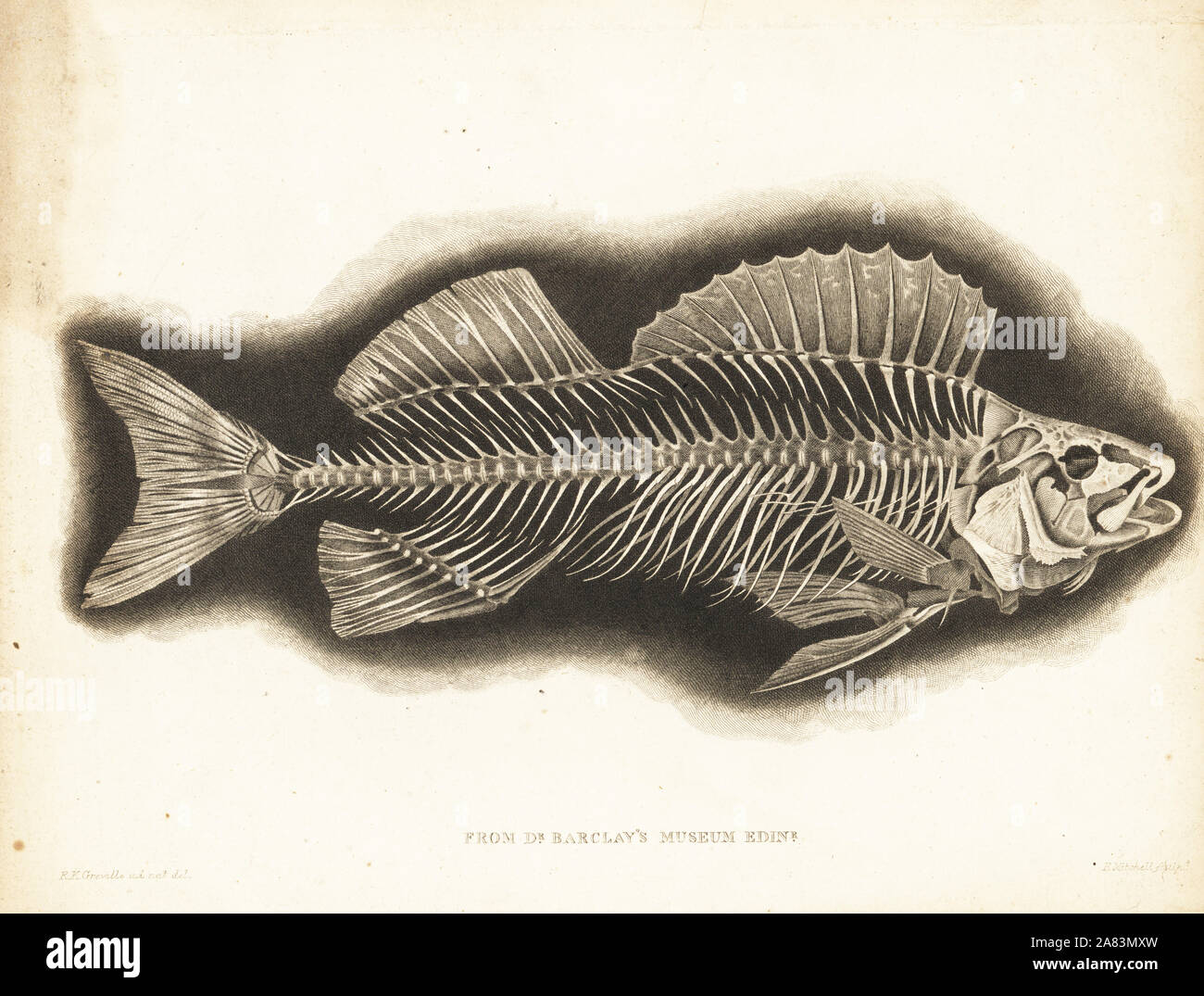
The anatomy of cod fish is characterized by its streamlined body shape and specific external and internal structures. Externally, cod fish have a distinct head with large eyes, a protruding lower jaw, and a well-developed lateral line running along the length of their body. Internally, cod fish have a complex skeletal system consisting of bones and cartilage. Their internal organs include a simple heart and circulatory system. Understanding the anatomy of cod fish is crucial for studying their overall structure and function, as well as their ecological role in marine ecosystems. [6]
External Features Of Cod Fish
The external features of cod fish are distinctive and aid in their survival and function in their aquatic environment. Cod fish have a streamlined body shape, allowing them to move efficiently through the water. They have a large mouth with sharp teeth, which they use to catch their prey. Their eyes are large and provide excellent vision, allowing them to locate food and avoid predators. Cod fish also have a well-developed lateral line running along their body, which helps them detect changes in water pressure and vibrations, assisting in navigation and finding prey. These external features contribute to the success of cod fish in their ecosystem.
Internal Structures Of Cod Fish: Bone Vs. Cartilage
The internal structures of cod fish consist of both bone and cartilage. The axial skeleton, including the skull and vertebral column, is composed mainly of bone. These bones provide support and protection to vital organs such as the brain and spinal cord. In contrast, the appendicular skeleton, which supports the fins, is primarily made up of cartilage. Cartilage is a flexible and durable tissue that allows for greater flexibility and agility in movement. The combination of bone and cartilage in the internal structures of cod fish enables them to navigate efficiently through their aquatic environment.
Skeletal System Of Cod Fish
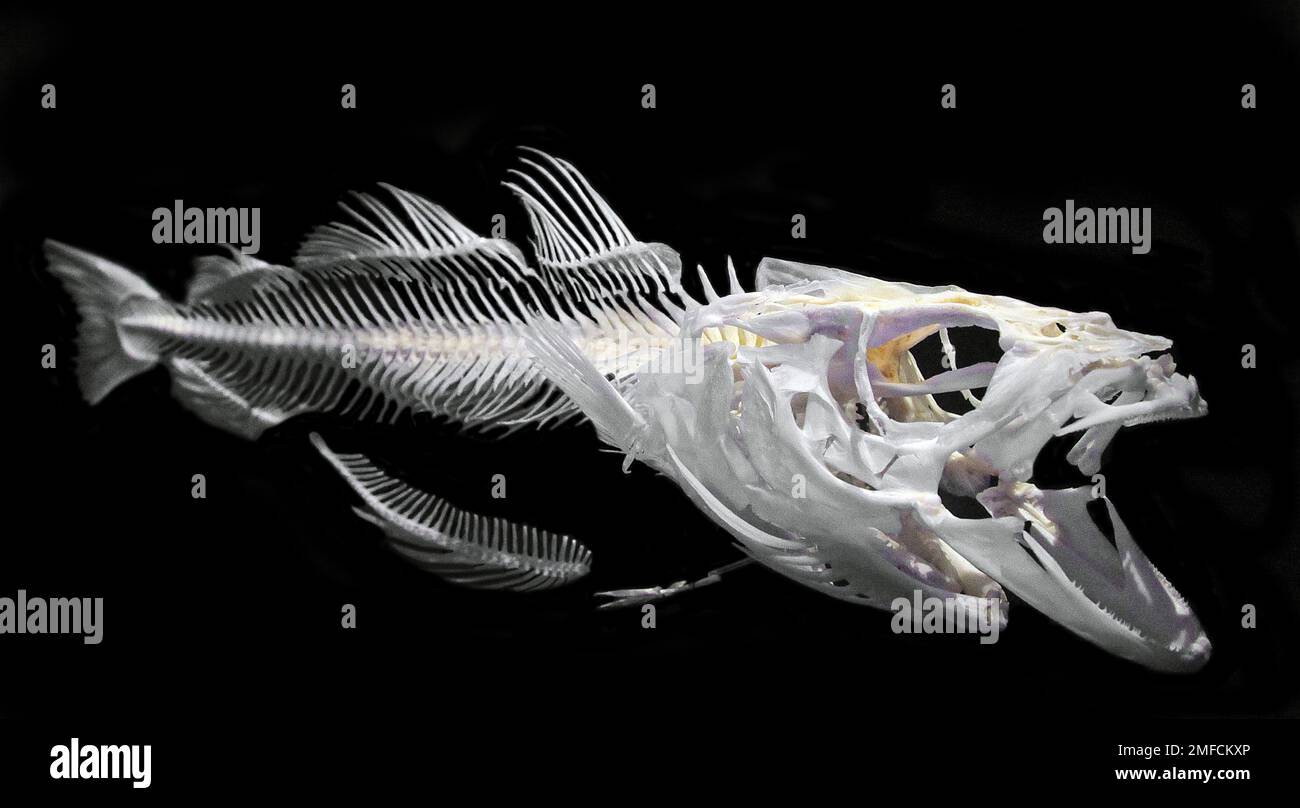
The skeletal system of cod fish plays a crucial role in providing support, protection, and aiding in their movement. The bone structure of cod fish consists of the axial skeleton, which includes the skull and vertebral column, and the appendicular skeleton, supporting the fins. The bones in the axial skeleton provide vital protection to organs like the brain and spinal cord. In contrast, the cartilage-based appendicular skeleton allows for greater flexibility and agility in swimming. The combination of bone and cartilage in the skeletal system of cod fish enables them to navigate efficiently through their aquatic environment.
The Bone Structure Of Cod Fish
The bone structure of cod fish is composed of the axial and appendicular skeleton. The axial skeleton includes the skull and vertebral column, providing support and protection for vital organs such as the brain and spinal cord. The appendicular skeleton supports the fins and is mainly composed of cartilage, allowing for flexibility and agility in swimming. The combination of bone and cartilage in the skeletal system of cod fish enables them to navigate efficiently through their aquatic environment, providing the necessary support and mobility for their survival.
Composition And Characteristics Of Cod Fish Bones
The bones of cod fish are primarily composed of hydroxyapatite, a form of calcium phosphate that provides strength and rigidity to the structure. Cod fish bones also contain collagen, a protein that contributes to the flexibility and resilience of the skeletal system. The bones are denser towards the spine and tail, providing stability and support for swimming and maneuvering. Additionally, the bones of cod fish have a porous structure, allowing for the storage of minerals and blood vessels. This composition and structure of cod fish bones contribute to their function in providing stability, protection, and mobility. [15]
Comparing Cod Fish Bones To Other Fish

When comparing the bone structure of cod fish to other fish species, several differences can be observed. Unlike some fish that have a large number of small, delicate bones, cod fish have relatively larger and sturdier bones. This makes cod fish bones more suitable for supporting the fish’s body and providing stability during swimming and maneuvering. Additionally, cod fish bones are denser towards the spine and tail, further enhancing their strength and stability. These unique characteristics of cod fish bones contribute to the fish’s ability to thrive in their specific habitats and survive in challenging environments.
Differences In Bone Structure Between Cod And Other Fish Species
When comparing the bone structure of cod fish to other fish species, several differences can be observed. Unlike some fish that have a large number of small, delicate bones, cod fish have relatively larger and sturdier bones. This makes cod fish bones more suitable for supporting the fish’s body and providing stability during swimming and maneuvering. Additionally, cod fish bones are denser towards the spine and tail, further enhancing their strength and stability. These unique characteristics of cod fish bones contribute to the fish’s ability to thrive in their specific habitats and survive in challenging environments. [19][20]
Adaptations Of Cod Fish Bones For Survival And Habitat
Cod fish bones have evolved specific adaptations to enhance their survival and habitat. The larger and sturdier bones of cod fish provide better support and stability during swimming and maneuvering. The density of bones in the spine and tail region further enhances their strength. These adaptations enable cod fish to thrive in their specific habitats, such as cold and turbulent waters. Additionally, the robust bone structure enables cod fish to withstand the pressures and challenges of their deep-sea environment. These adaptations contribute to the overall survival and success of cod fish in their natural habitats. [22]
Function And Significance Of Cod Fish Bones
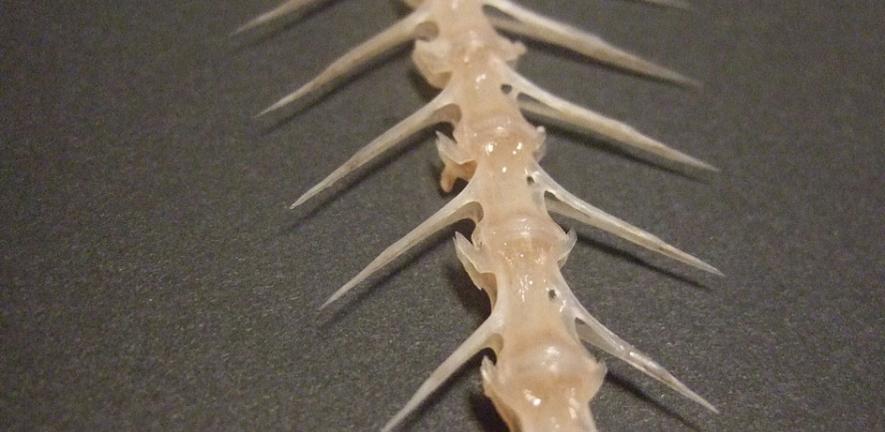
Cod fish bones serve multiple functions and hold great significance for the survival and movement of the fish. The bones play a crucial role in the locomotion and movement of cod fish, providing support and stability during swimming and maneuvering. Additionally, the robust bone structure enables the fish to withstand the pressures and challenges of their deep-sea environment. Moreover, the bones also contribute to the overall structure and shape of the fish’s body. Understanding the function and significance of cod fish bones is essential for studying their adaptation to different habitats and their overall ecological role.
Role Of Bones In Cod Fish Locomotion And Movement
The bones in a cod fish play a crucial role in its locomotion and movement. The robust bone structure provides support and stability, allowing the fish to swim and maneuver efficiently. The bones act as a framework that enables the fish to flex and extend its body, generating the necessary propulsion for swimming. They also contribute to the overall buoyancy control of the fish as it adjusts its position in the water column. The study of cod fish bones helps us understand the mechanics of their movement and adaptability in different aquatic environments. [25]
Importance Of Cod Fish Bones In Supporting The Fish’s Body
The cod fish bones play a crucial role in supporting the fish’s body. The robust bone structure provides the necessary framework and rigidity to maintain the fish’s shape and structure. The bones act as a scaffold for the attachment of muscles and other tissues, allowing the fish to move and swim efficiently. Without the support of their bones, the fish would not be able to maintain its body shape, stability, and maneuverability in the water. The study of cod fish bones helps us understand the intricate relationship between structure and function in their aquatic environment. [28]
Conclusion
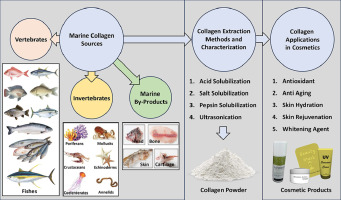
In conclusion, the bone structure of cod fish plays a vital role in supporting their body and facilitating efficient movement and locomotion. While cod fish are not completely boneless, their fillets are typically sold boneless, with small pin bones occasionally remaining. The study of cod fish bones provides valuable insights into their adaptations for survival and their specific habitat requirements. Further research on cod fish bones could uncover additional information about their structure and function, contributing to our understanding of these remarkable marine creatures. [29][30]
Summary Of Findings On The Bone Structure Of Cod Fish
The study of cod fish bones has revealed important insights into their bone structure. While cod fish are not completely boneless, their fillets are usually sold boneless, with small pin bones occasionally remaining. The bone structure of cod fish plays a crucial role in supporting their body and facilitating efficient movement and locomotion. Cod fish bones have unique adaptations that allow them to thrive in their specific habitat. Further research on cod fish bones could uncover additional information about their structure and function, contributing to our understanding of these remarkable marine creatures. [31][32]
Implications And Potential Future Research On Cod Fish Bones
Further research on the bone structure of cod fish could have several implications and potential future applications. Understanding the unique adaptations of cod fish bones can provide insights into their evolutionary history and the ecological dynamics of their habitat. This knowledge can help in the conservation and management of cod fish populations, especially in the face of environmental changes. Additionally, studying the composition and characteristics of cod fish bones may contribute to advancements in biomedical research, such as in the field of bone tissue engineering and regenerative medicine. By unlocking the secrets of cod fish bones, researchers can continue to unravel the fascinating world of these marine creatures and the potential benefits they hold for both science and society.
Frequently Asked Questions: Does Cod Have Bones?
Q: Does cod have bones?
A: Yes, cod does have bones. Like most fish, cod has a skeletal structure consisting of bones.
Q: Are the bones in cod edible?
A: The bones in cod are generally not considered edible due to their small size and texture. However, some cultures and culinary traditions use powdered dried cod bones as a seasoning, known as “cod bone seasoning.”
Q: What parts of cod are edible?
A: The fillets or loins of cod are the most commonly consumed parts of the fish. These portions are boneless, making them popular for cooking and eating.
Q: Can I eat the bones if I cook cod?
A: While the bones in cod may soften and become more delicate when cooked, they are still not typically consumed. It is advised to remove any bones from the fish before cooking to ensure a safe and pleasant dining experience.
Q: Are there any health benefits to consuming cod bones?
A: Cod bones are a good source of calcium and phosphorus, which are essential minerals for bone health. However, due to their size and texture, it is generally recommended to obtain these nutrients from other sources.
Q: Are there any risks associated with consuming cod bones?
A: Ingesting fish bones, including those from cod, can pose a choking hazard. It is crucial to exercise caution and remove any bones from the fish before consuming it, especially when serving to children.
Q: Are there any alternative ways to use cod bones?
A: Some people use dried cod bones to make fish stock or broth as they can add flavor and richness to soups and stews. However, it is important to strain the liquid before consuming to remove any larger bones.
Q: Is it common to find bones in prepared cod dishes?
A: When cooking or preparing cod dishes, it is customary to ensure that any bones are carefully removed before serving. However, it is always best to exercise caution and double-check the cooked fish for any residual bones.
Q: Can I consume canned cod without worrying about bones?
A: Canned cod typically undergoes a thorough cooking and processing process, which may help break down and soften any bones present. However, it is still recommended to check for bones before consuming any canned fish.
Q: What to do if I accidentally ingest a fish bone while eating cod?
A: If you accidentally ingest a fish bone, it is advisable to seek medical attention if you experience discomfort or if the bone becomes stuck in your throat. Prompt medical evaluation can help identify and address any potential complications.
Remember to always exercise caution and be aware of the presence of bones when consuming fish, including cod, to ensure a safe and enjoyable dining experience.

A small, independently run fish and chip shop using quality ingredients cooked freshly in our kitchen to ensure great tasting food. All of our drinks are in glass bottles, and all of our takeaway packaging is recyclable or compostable to help reduce our impact on the environment.